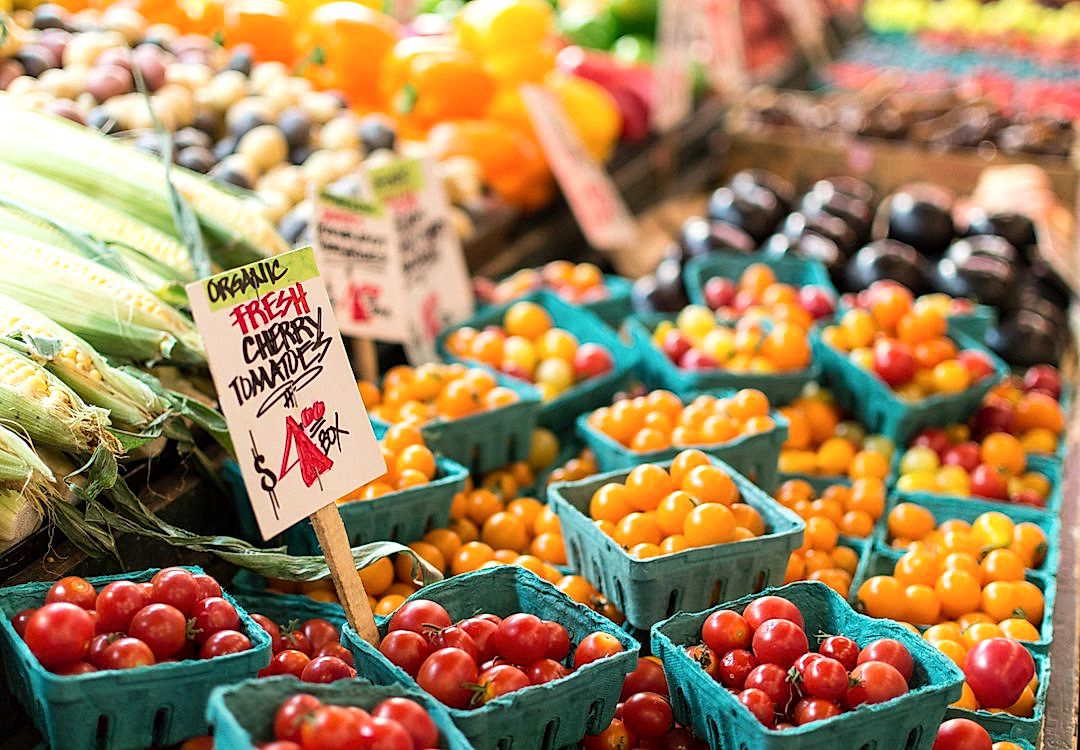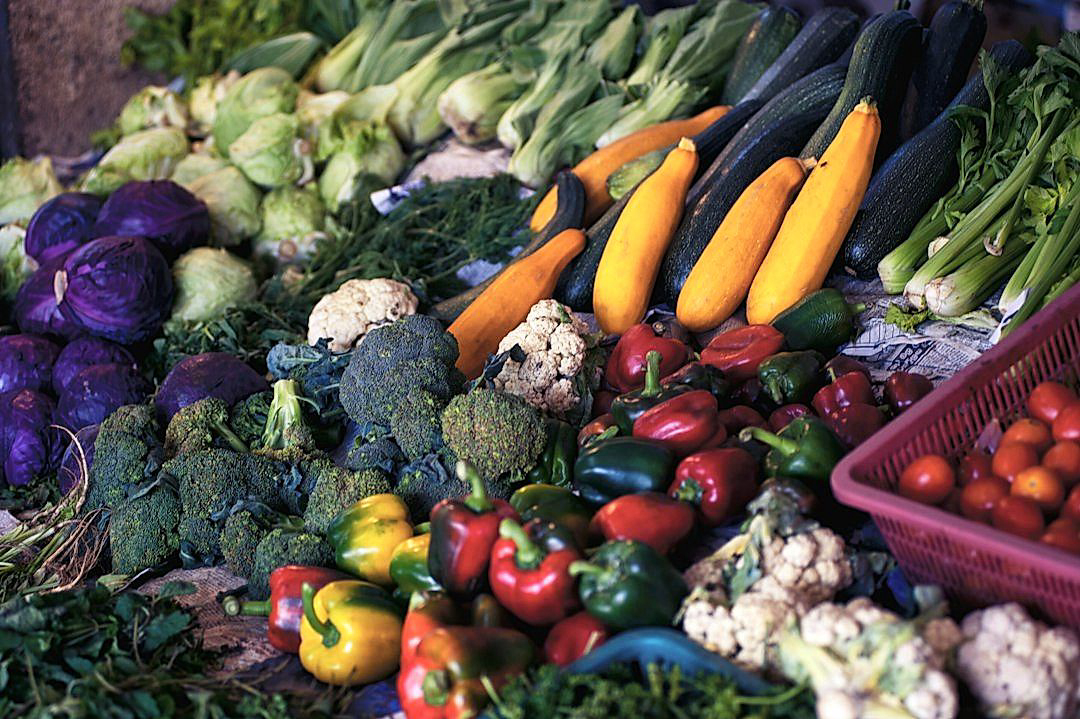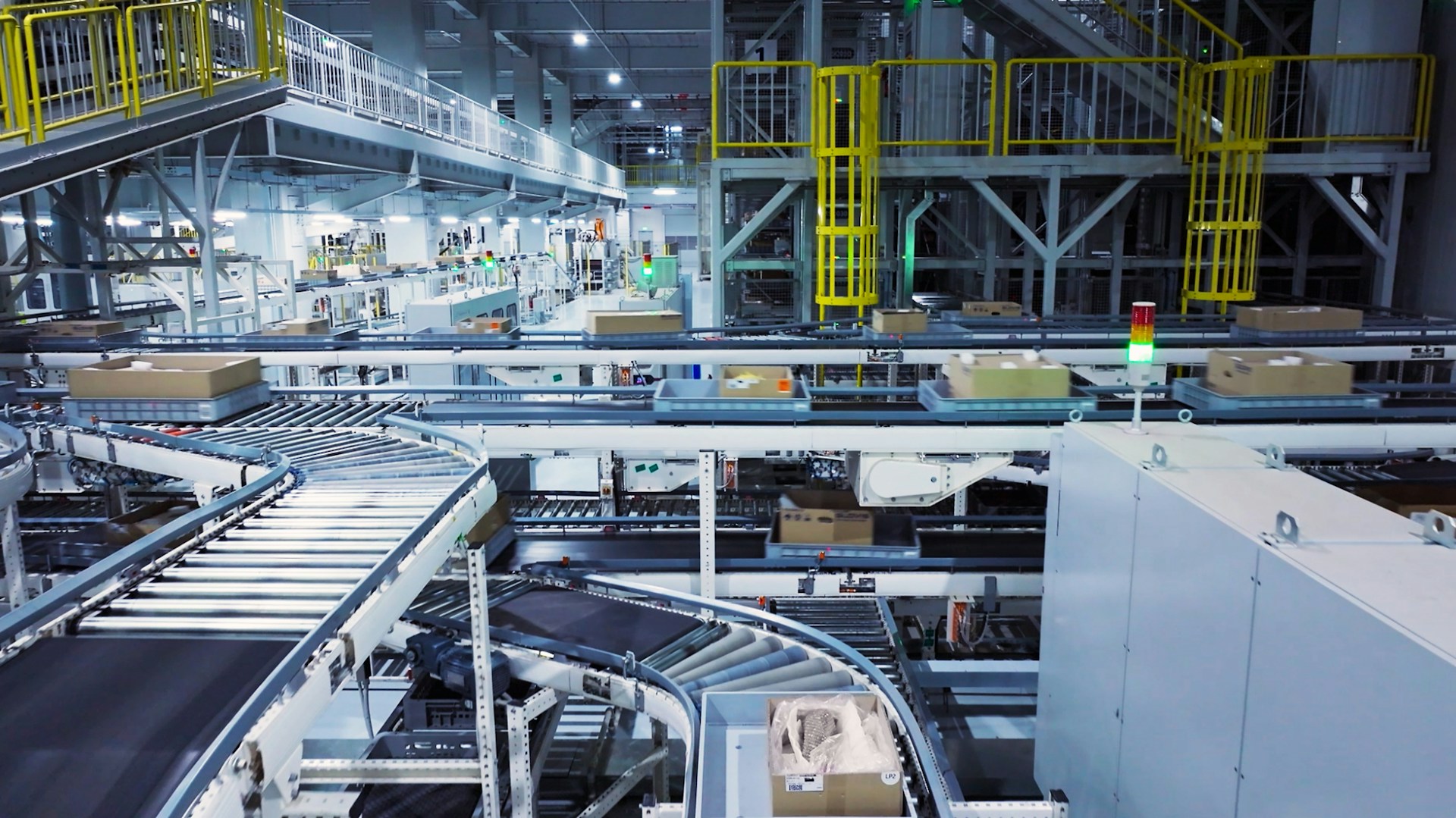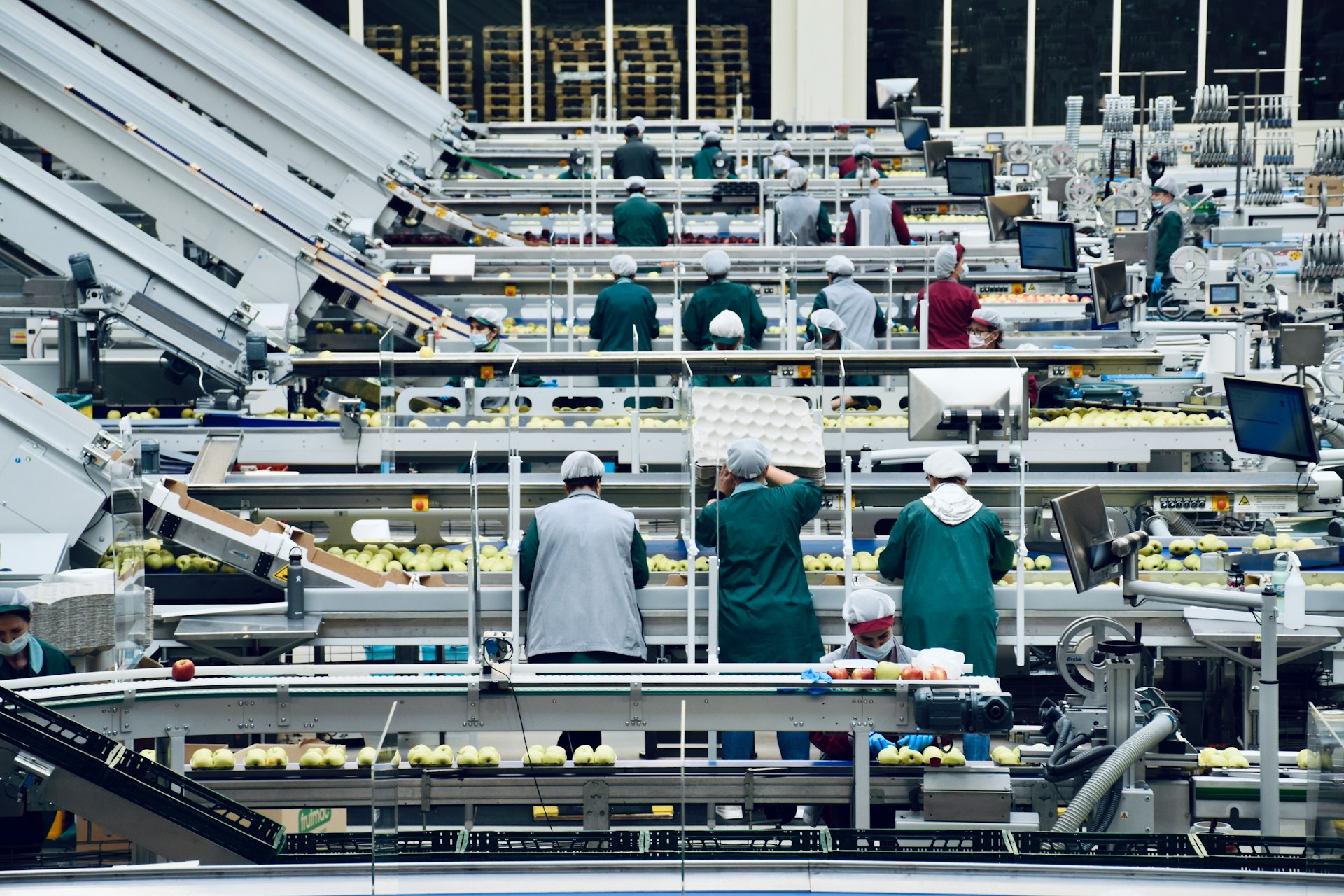In today’s competitive business environment, cost optimization is increasingly becoming a top priority for stakeholders in the agricultural sector.
They are constantly on the lookout for effective, innovative solutions that add value and reduce expenses.
This focus on efficiency has led to the adoption of automated systems, especially in the area of produce packing.
Aptly, automation has proved to be a game-changer, offering significant cost reductions.
This, along with enhanced productivity and improved quality controls, has seen the widespread integration of automated processes in the industry.
Delving into this advancement, this blog explores how such systems are revolutionizing the dynamics of produce packing.
Automated Systems Cutting Costs In Produce Packing
1. Robotics for High-Speed Produce Sorting and Packing
There is an increasing dependency on automated systems in the agri-food sector, particularly in the area of produce packing.
The ability of robotics to sort and pack fresh produce at high speeds has revolutionized this industry.
It has greatly reduced production time while enhancing operational precision.
In addition to these benefits, automated systems in the production line also cut costs significantly.
In an industry where freshness and speed of delivery are of the utmost importance, the value of containment cannot be overstated.
The efficiency of robotics streamlines the packing process by organizing, labeling, and sealing produce with minimal human intervention.
This not only saves on labor costs, but also minimizes potential errors that can occur in manual operations.
Moreover, robotics have been instrumental in improving product quality.
This is because these systems are programmable and can be set to identify, remove, and replace any unsuitable produce before packing.
This level of precision and consistency has boosted customer satisfaction rates, which has subsequently driven sales upward.
Investment in robotics for high-speed produce sorting and packing also ensure future sustainability of operations.
The increased competition and constantly evolving customer demands have led industries to embrace technology to remain relevant.
The precision and reliability of these automated systems not only ensure operational sustainability, but also pave the way for scale and expansion.
Robotics are flexible and can be easily reprogrammed and modified to meet changing packing needs in the produce industry.
The scalability of these systems provides a clear pathway for businesses to expand their operations, increase their production, and utilize resources more effectively.
The cost-saving benefit of robotics, therefore, extends beyond the initial implementation.
It sets the tone for long-term operational efficiency and profitability in the agri-food industry.
2. Programmable Conveyors for Streamlined Transportation
When it comes to the process of transportation and sorting of produce in a packing industry, programmable conveyors have marked a significant influence in reducing costs and enhancing productivity.
The role of programmable conveyors in transporting fruits and vegetables from one point to another within the packing facility cannot be overlooked due to the efficiency and precision at which they perform.
Automatically controlled and programmed, these conveyors reduce the need for manual intervention, thus eliminating errors and enhancing the overall speed.
Their configurable design allows them to be modified to suit various operational needs, ensuring smooth production flow.
Programmable conveyors not only transport the produce, but they also do preliminary sorting based on size, weight, or other preset conditions.
Their integration with other automated systems like robotic arms and auto labeling systems enhances the overall performance of the packing operation, paving the way for higher profitability.
Another crucial aspect of these conveyors is their constant operation, which means they can operate 24/7 without the need for breaks or downtime, effectively maximizing productivity.
With an engaging user interface, these conveyors can be easily programmed to suit the needs of the company, offering flexibility in operation.
The digitalization of these systems allows for real-time monitoring and adjustments, ensuring the smooth functioning of the operation and allowing any problems or anomalies to be addressed promptly.
A significant advantage of the programmable conveyors is their potential for resource optimization, resulting in savings in terms of labor, energy, and time usage.
Scalability is another key advantage, as companies can expand their operations without the need for substantial modifications to the conveyor system, thus providing long-term cost savings.
They are also highly programmable and customizable, which allows them to handle a wide variety of produce, thereby increasing their versatility and functionality.
The system’s inbuilt safety mechanisms protect the produce from damage during transport, reducing waste and resulting in significant cost savings for the business.
Moreover, the maintenance costs for these systems are minimal, a factor that goes a long way in earning significant operational savings.
Their environment-friendly design and operation further enhance their appeal in an increasingly eco-conscious industry.
3. Auto Labeling Systems for Packaging Accuracy
Among the most critical aspects of produce packing is accurate, efficient labeling.
With recent advancements in technology, auto labeling systems have emerged as a revolutionary solution to this challenge.
These systems are designed to automatically print and apply labels to packaging, which not only saves time but also enhances accuracy.
Auto labeling systems are, thus, instrumental in ensuring speed, counts accuracy, cost reduction, and adding an overall competitive advantage in the increasingly demanding landscape of produce packing.
Equipped with high-speed printers and applicators, these systems can process large volumes of produce in a short time.
For instance, they can apply several hundreds of labels per minute, which is an incredible improvement from the traditional manual labeling approach.
An ideal auto labeling system will have a compound structure that supports printing, applying, and severing operations for labels of varying sizes and shapes.
Besides, these systems are equipped with advanced sensors to ensure correct alignment and positioning of every single label.
Using an auto labeling system eliminates the risk of human errors in the labeling process, thereby significantly improving packaging accuracy.
In terms of cost savings, auto labeling systems reduce the need for manual labor, thereby cutting down operational costs significantly.
Maintenance costs for these systems are relatively low, and the need for label inventory is drastically reduced, leading to additional savings.
Moreover, advanced auto labeling systems come with the capability of integrating data from ERP and other business software systems.
This integration enables real-time data printing on the labels, further improving accuracy and ensuring regulatory compliance in the case of produce that requires ingredient labeling.
On top of these operational benefits, auto labeling systems can help businesses build their brand image through consistent high-quality labeling.
With all these merits, auto labeling systems are indispensably vital in the current era of automated produce packing.
4. Sensor-based quality assessment tools.
One of the most important developments in the automation of the produce packing industry is the use of sensor-based quality assessment tools.
This technology is designed to evaluate the quality of the produce, helping to enhance the effectiveness and efficiency of the packing process.
The sensors deployed in these assessment tools are equipped with the ability to scrutinize the texture, color and size of the fresh produce.
This means that only fruits and vegetables with the desired quality are packed, reducing wastage and improving the overall quality of the product.
GPC (Grain Processing Corporation) quality solutions have pioneered these sensor-based assessment tools, and their technologies are now being seen as a significant game-changer in the industry.
With the continual refinement of the sensor technology, the error margin in assessing the quality of the produce has been significantly reduced, enabling the packing of produce with more confidence and consistency.
These assessments are not limited to the physical properties of the produce, but extend to internal quality measures such as sweetness, acidity, and maturity of the produce.
These technologies operate swiftly, can evaluate vast quantities of produce in a short amount of time, thus enabling high-speed operation scenarios for packing companies.
Consequently, this speed and efficiency in the inspection process translates into considerable cost savings for packing companies.
In addition, sensor-based quality assessment tools are equally beneficial for both large and small-scale producers, giving everyone an opportunity to improve their processes and cut costs.
Additionally, the use of these automated tools reduces the dependence on manual labour for quality assessment which is typically a time-consuming and expensive process.
As a response to a growing demand for fresh, quality produce, sensor-based quality assessment tools give retailers the ability to assess and guarantee the quality of their products to the consumers.
Also, the gathered data from these sensors can be used to make strategic decisions that further improve the packing process in the future.
This further translation of high-tech automation into a cost-saving strategy is not just beneficial for the packing companies, but for the entire supply chain – from farms to grocery stores and ultimately, consumers.
Through sensor-based quality assessment tools, the produce packing industry is set to accomplish much greater efficiency, cost-saving and quality improvement in the coming years.
5. Automated Palletizing Systems for Bulk Handling
In the realm of produce packing, the need to adopt more cost-effective and efficient techniques is undisputed.
The use of Automated Palletizing Systems for bulk handling exemplifies the forefront of these innovations.
These systems incorporate the best in robotic technology and precision engineering to optimize output in packaging procedures.
Through the integration of technology and clever engineering, automated palletizing systems are ensuring high productivity and accuracy, improving operational efficiency considerably.
Typically, such systems employ a sophisticated robotic arm mounted onto a carefully calibrated conveyor.
This arm is programmed to load and unload stacked items, essentially removing the need for manual labor in this phase of the operation.
The design and robust functionality of these systems make for better accuracy, fewer mishaps, and ultimately higher productivity.
By implementing automated palletizing systems, businesses can expect a marked reduction in packing times and cost savings from decreased labor expenses.
Another significant benefit is increased safety, as automating the task mitigates the risks associated with handling heavy objects.
These systems also boast flexibility, able to handle diverse materials from boxes to bags, crates, and more.
This is symbolic of the broader application and multifunctionality of automated systems in the produce packing industry.
By leveraging intelligent software and robotics, these systems can be customized to meet the unique requirements of each business, providing exponential value in the process.
Moreover, their operational efficiency allows for the quick reconfiguration of output settings to adapt to different produce.
Consequently, the use of automated palletizing systems significantly reduces the time taken to package and handle produce in bulk, contributing to substantial cost savings.
So, while the initial investments for these systems can be significant, the long-term returns offered through enhanced efficiency and reduced labor costs make it a worthwhile investment.
The Bottom Line
Through the transformative power of automation, various facets of the production line, from sorting to transportation, have been significantly optimized.
Robotics not only enables high-speed produce sorting and packing but also eradicates human error.
Programmable conveyors factor in significantly in streamlining transportation, hastening the pace of moving items along with ensuring their safety.
The use of auto-labeling systems drastically improves packaging accuracy reducing the risk of mismatched or inaccurately labeled products.
Meanwhile, sensor-based quality assessment tools ensure a high standard of quality is consistently maintained.
Finally, automated palletizing systems have revolutionized bulk handling, improving production efficiency and capacity significantly.
Thus, it is evident that the future of efficient and productive manufacturing hinges on embracing and integrating these technological advancements.




